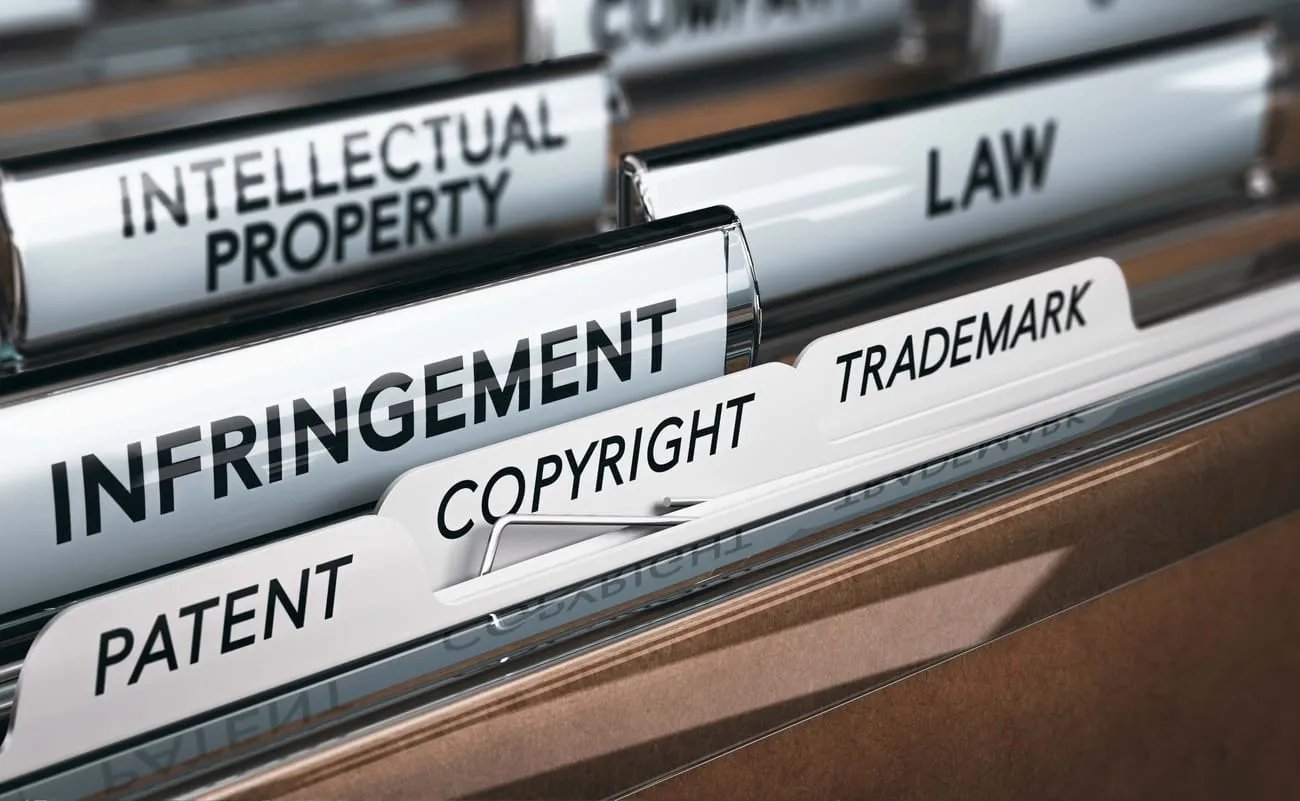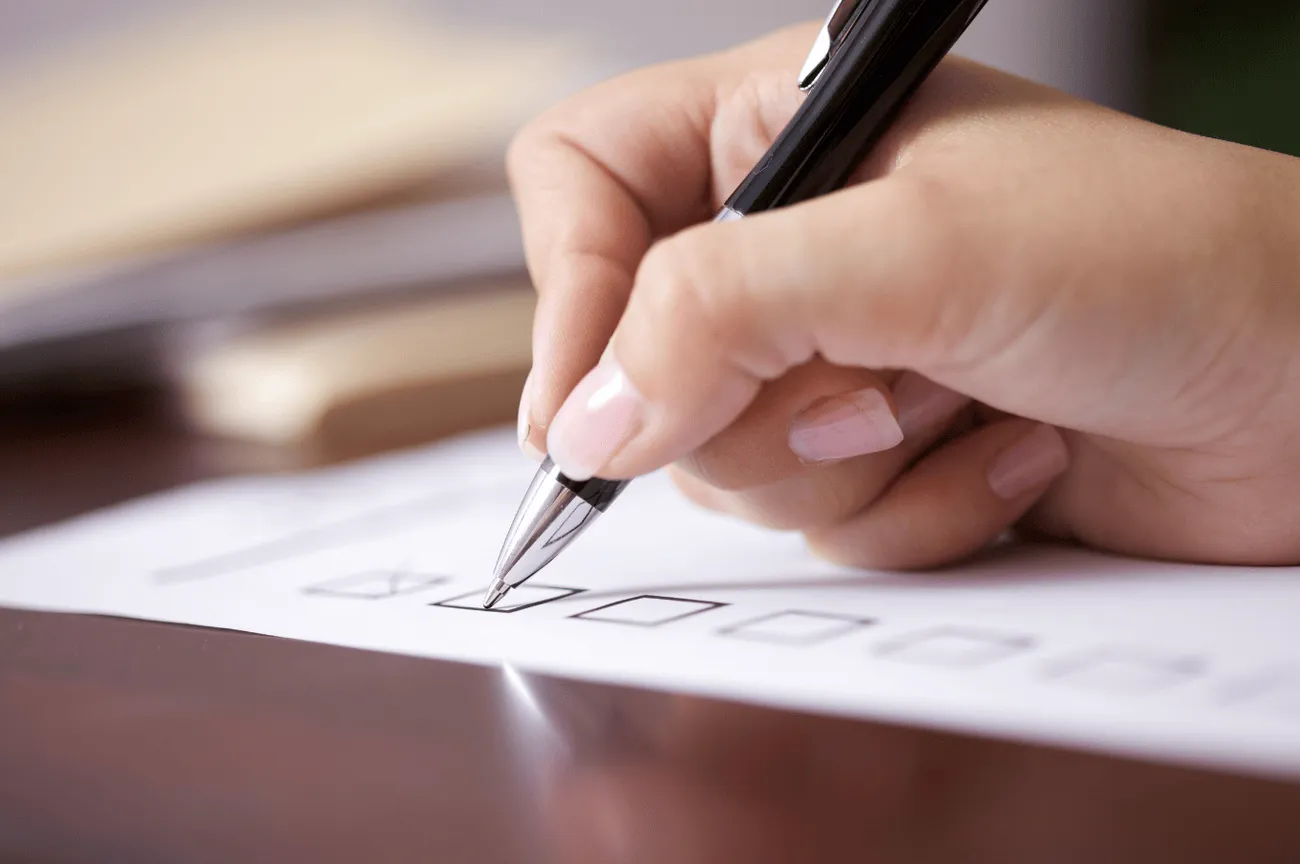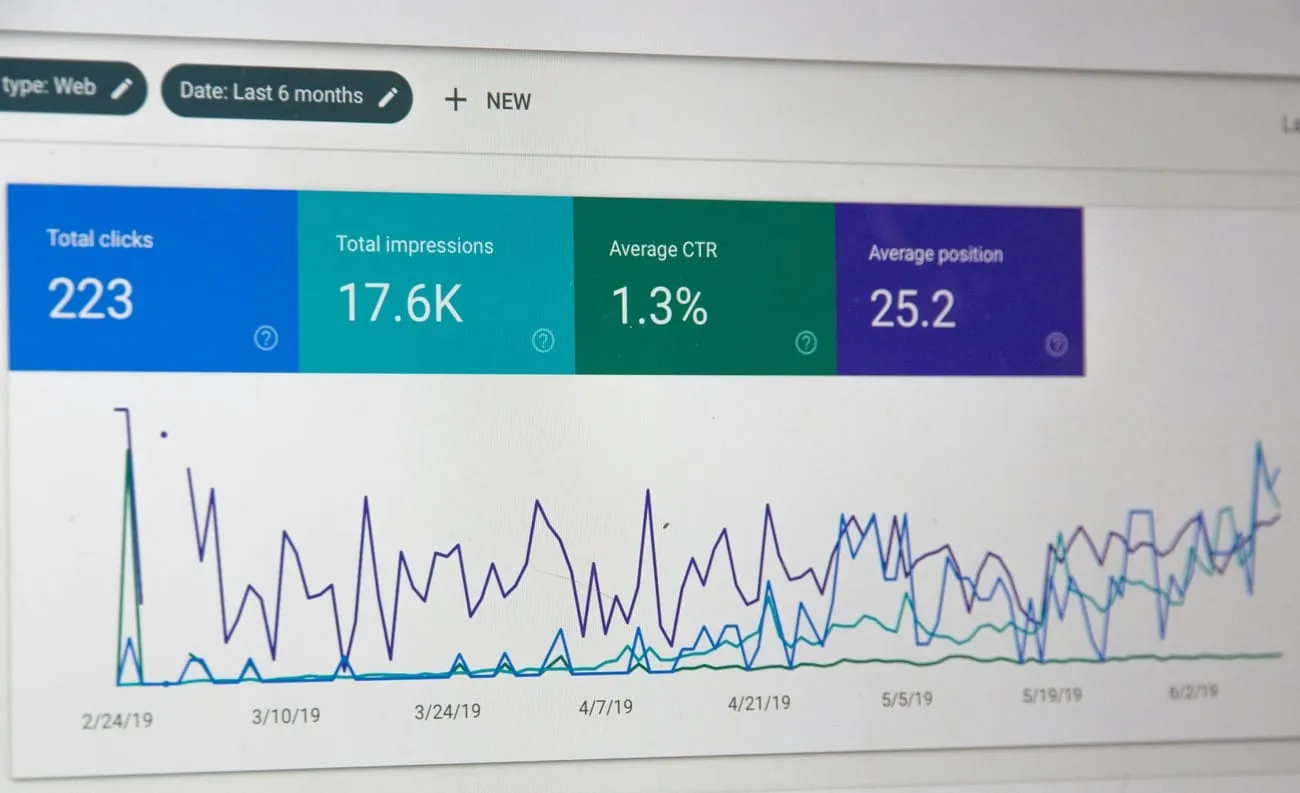What’s The Difference Between Patents, Trademarks, And Copyrights?

A trademark, a patent, and a copyright are all distinct concepts. They all, however, refer to an individual's or business's exclusive right to own and market a created idea or product.
Copyright is used to protect someone's literary and artistic abilities, whereas patents are used to protect inventions. A trademark is used for symbols or slogans that a company may use to distinguish its product or service from competitors.
Patent and copyright laws encourage people and businesses to be creative because it is difficult for others to intentionally use their inventions and creations within the law.
The primary difference between copyright and trademarks is that the former primarily relates to individuals' creative works. The latter is concerned with the symbols and signs that a business uses to distinguish its products from those of competitors.
Patents
A patent gives you the right to prevent others from manufacturing, using, or selling your invention in Australia without your permission. The purpose of patents is to promote inventors who have created something both unique and useful to society.
The government organization in charge of enforcing patent law and intellectual property (IP) rights in Australia is called IP Australia. Your invention must be new, useful, inventive, or innovative for your application to be successful.
What Does the Term "Patent" Mean?
There are three types of patents:
- The most common type of patent is a utility patent, which is typically granted to new machinery, chemicals, and other cutting-edge processes.
- A design patent is frequently used to protect a product's unique appearance, including surface ornamentation and other design features.
- An individual is given a plant patent if they create a new, distinctive plant variety, including a hybrid, and reproduce it asexually.
How Do Inventions Qualify for Patent Protection?
To qualify for patent protection, an invention must have both "novelty" and "non-obviousness." What is meant by the novel is that there are no other inventions that have at least one feature in common with it.
Furthermore, it must not have been sold or used publicly, or be the subject of a patent application by a different inventor, within 12 months of the patent application date.
An invention may be considered non-obvious if the person who invented it stated that it was both surprising and unexpected. Patents can be issued for novel industrial processes, such as the moulding of rubber objects using a mathematical formula and computer software.
Patents will not be granted for anything potentially dangerous.
Examples of Products That Are Patentable
There is no clear definition of what can be patented because anything created by a human being, including the process by which it was created, is eligible.
Here is a list of some eligible items:
- computer hardware and software
- chemical processes and formulas
- genetically modified bacteria, animals, and plants
- medical devices
- Drugs
- Jewellery
- furniture design
- fabric designs and fabrics
- musical instruments
How Can You Apply for A Patent?
An inventor must follow a specific procedure before being eligible for a patent. An application must be filed within 12 months of the public disclosure of the invention. It is common practice to conduct a patent search before beginning the patent process.
An application fee must be paid, and further fees may be due if the patent is approved. The government is required to make the invention's description available to the public.
Time Limitations on Patents
Once granted, a patent can be fixed for up to 20 years. After a patent's expiration date, anyone can use the invention.
Theft of a Patented Invention
The inventor may take legal action against anyone who uses the invention without permission. Compensation may include monetary damages calculated on the amount the infringer would be expected to pay in royalties if he or she entered into a formal agreement with the inventor to use the idea.
Patents and Legal Translations
If the new invention is likely to spread globally, the patent details should be translated into the languages of those who may be interested in the invention. This raises awareness of the fact that they are not permitted to reproduce it.
Copyright Protection
Although copyright protection is limited to specific kinds of works, it does mirror patent protection. This includes images, works of literature, motion pictures, live performances, and computer software.
A dictionary definition states that copyright refers to a person's exclusive right to reproduce, sell, or publish original work in the fields of music, literature, drama, the arts, and architecture.
Copyright Registration
Under Australian law, there is no copyright registration system. Under the Copyright Act, certain forms of expression, such as text, images, and music, are automatically protected by copyright.
However, having your product registered makes it easier to file a lawsuit if you discover that someone has stolen your idea.
Although not required, issuing a copyright notice is advantageous because it informs anyone interested in your work that it is copyright protected and that you are the owner.
Limitations on Copyright Protection
Copyright protects the specific forms of expression you created but not the ideas that inspired them. Assume a comic book writer depicts a specific named character who is a nice guy.
The idea of portraying a particular character as a "good person" is not protected by copyright, but the character's name cannot be used in another work.
Legal Translations and Copyright
If you copyright your idea, you legally own it. Your copyright document must be legally translated by qualified and experienced legal document translation services.
The languages used will depend on who you expect to be interested in your product. Others who do not speak your language, unless they are fluent in it, will not know you own the idea if you do not translate it.
Trademarks
Trademarks are granted for distinguishing logos and symbols associated with a business or product. Some businesses want customers to remember their products. That is why they develop a distinguishing symbol or other distinguishing marks to set the product apart from the competition.
A trademark grants the trademark owner the exclusive right to use their distinctive mark. However, it also allows the owner to prevent others from using a similar or identical mark, which means a potential customer can easily identify the trademark.
This does not prevent another company from selling the same product; however, they are not permitted to use the same trademark. Anyone can, for example, cook and sell a beef burger on a sidewalk stall, but they cannot market it with the McDonald's logo.
The business that uses a mark in a professional or commercial context establishes the right to use it. In Australia, trademark registration is not needed, however, it is advised to register with the IP Australia office in order to increase security against prospective thieves.
Benefits of Trademark Registration
Regardless of whether a distinctive symbol or mark is registered, a company or individual can still use it. If there is evidence that the mark was used without authorization by someone else, the owner of the mark has the affirmative right to sue in federal court if it is registered.
Legal Translations & Trademarks
In today's globalized world, goods and ideas go far and wide. As a result, it is essential to explicitly state who owns a symbol or mark that is used to identify a product in order to prevent theft. This entails translating the trademark information into every language spoken by persons who are most likely to be interested in the trademark.
The Differences Between Copyright, Trademark, And Patent
Patent
Definition: Designed to protect the rights of novel idea inventors.
Aim: The novel ideas of inventors are protected.
Subject matter: Ideas and inventions for a wide range of applications, including medical devices, drugs, jewellery, furniture design, fabric designs, fabrics, musical instruments, and so on.
Exclusions: Prevent an innovation from being copied and sold.
Term: 20 years.
Registration: Not compulsory but advisable.
Registering Body: IP Australia.
Copyright
Definition: Designed to protect artists who produce their own unique work.
Aim: The works of musicians, photographers, writers, and painters are all protected.
Subject matter: Expression of one-of-a-kind work such as photographs, artwork, musical compositions, and so on.
Exclusions: Prevents others from putting their names to the works of artists.
Term: No time limit.
Registration: Not compulsory but advisable.
Registering Body: IP Australia.
Trademark
Definition: Designed to safeguard unique product symbols and marks.
Aim: Unique product marks and symbols are protected.
Subject matter: All types of products.
Exclusions: Prevents other people from using unique symbols or marks.
Term: No time limit.
Registration: Not compulsory but advisable.
Registering Body: IP Australia.
Conclusion
Although there are some differences between a patent, copyright, and a trademark, the legal processes for each share one feature: they all help to protect the rights of those who have invented and created their products.
Each of the three classifications helps deter other companies and people from copying concepts that others have invested tens of thousands of dollars and countless hours in studying and creating. This includes performing songs by other artists without their permission, changing the names that appear on their works, and signing other people's poems and novels with their names.
The difference between trademarks, copyright, and patents is related to how inventors and artists generate new ideas, whereas a trademark is the use of distinguishing marks to identify a product.
Copyright and patent laws encourage people to be creative and contribute to society while also respecting the rights of others. To highlight the rights of inventors and artists, it is their responsibility to register with the appropriate agency and file a lawsuit if their rights are violated.


